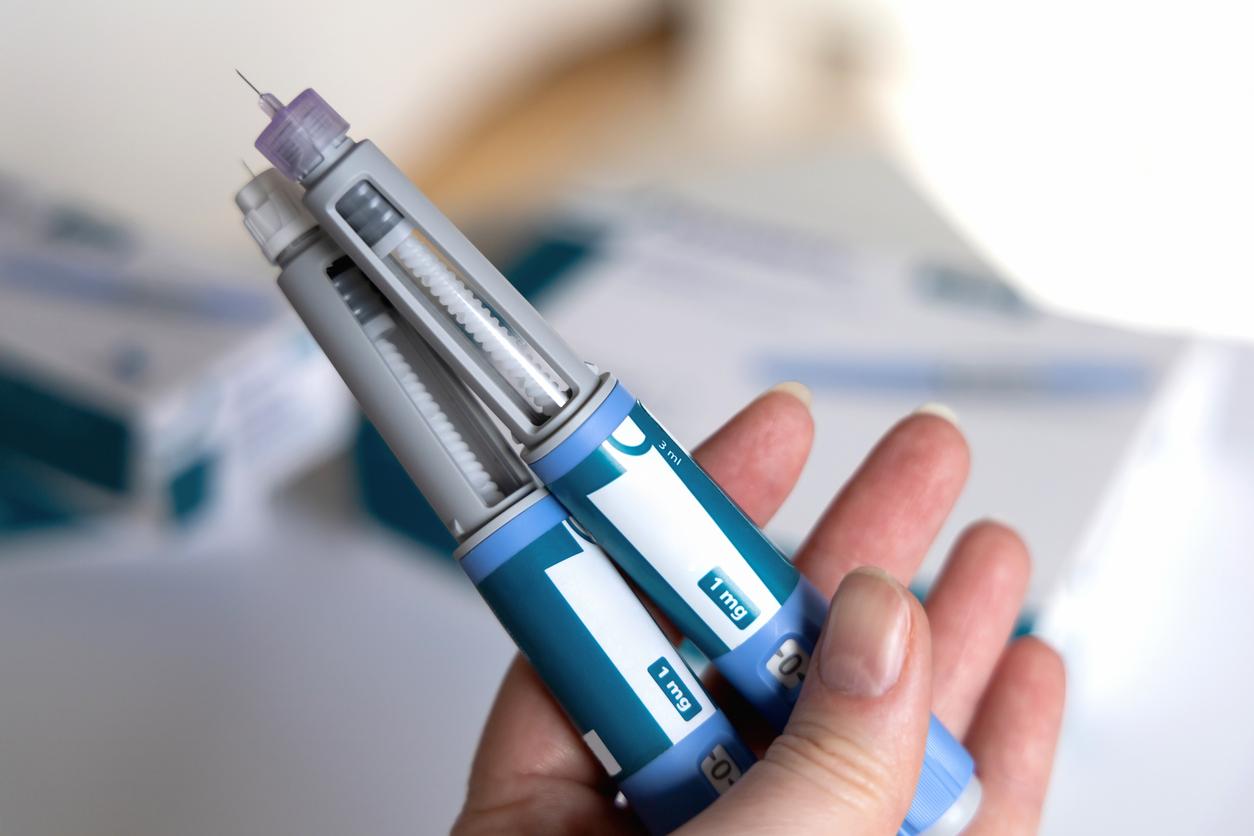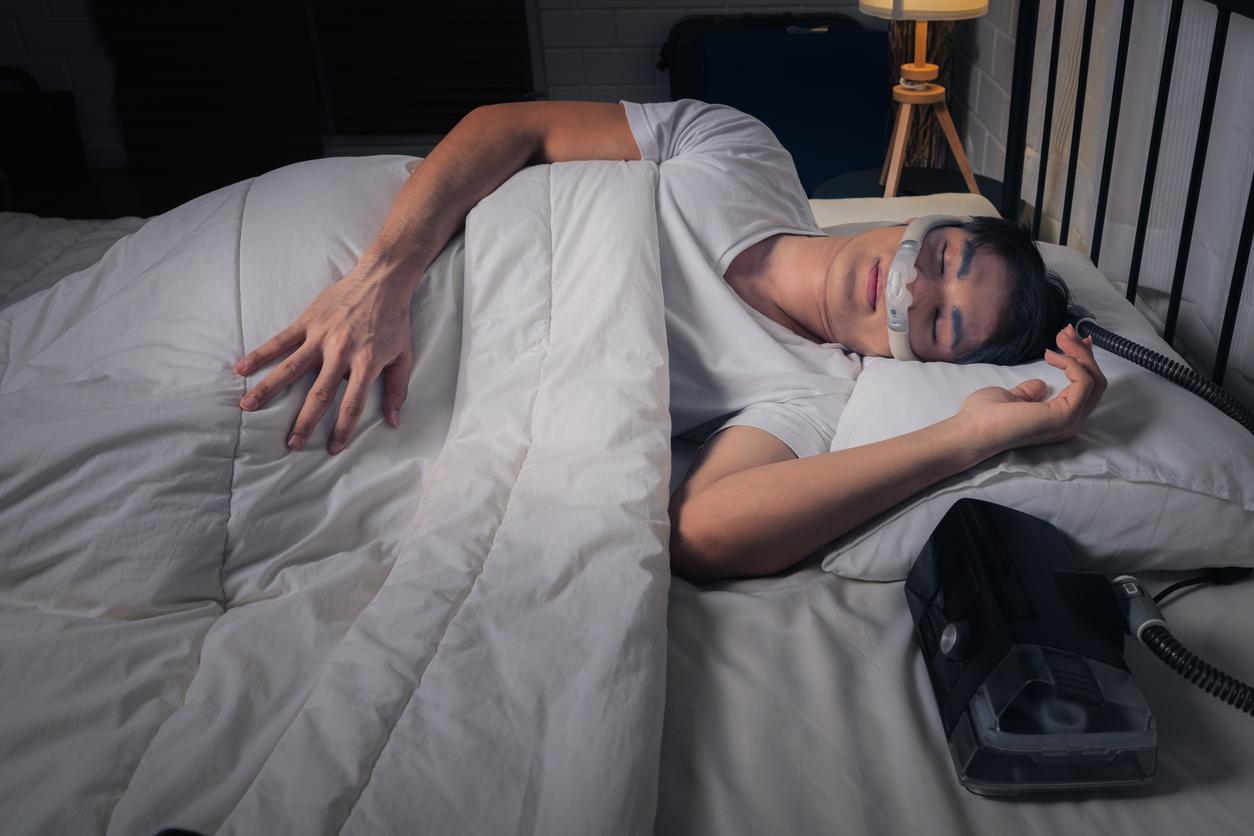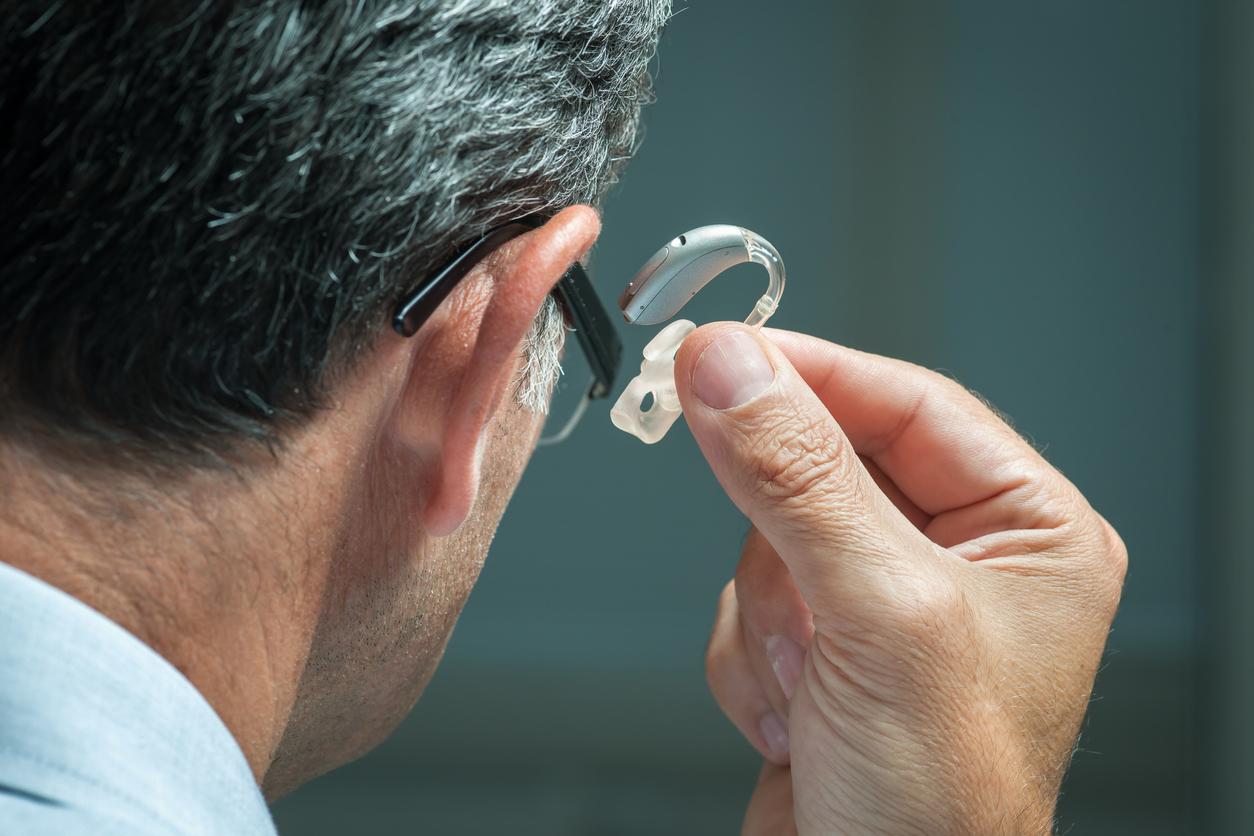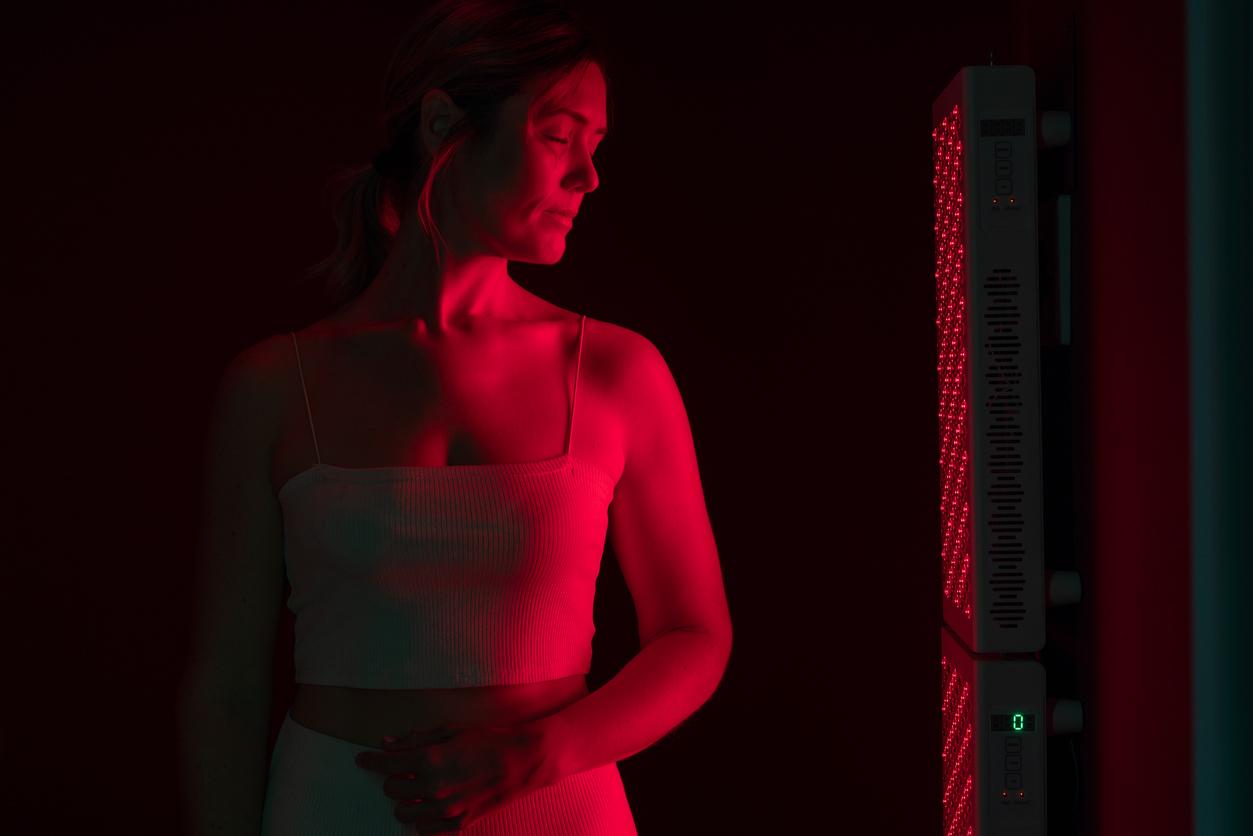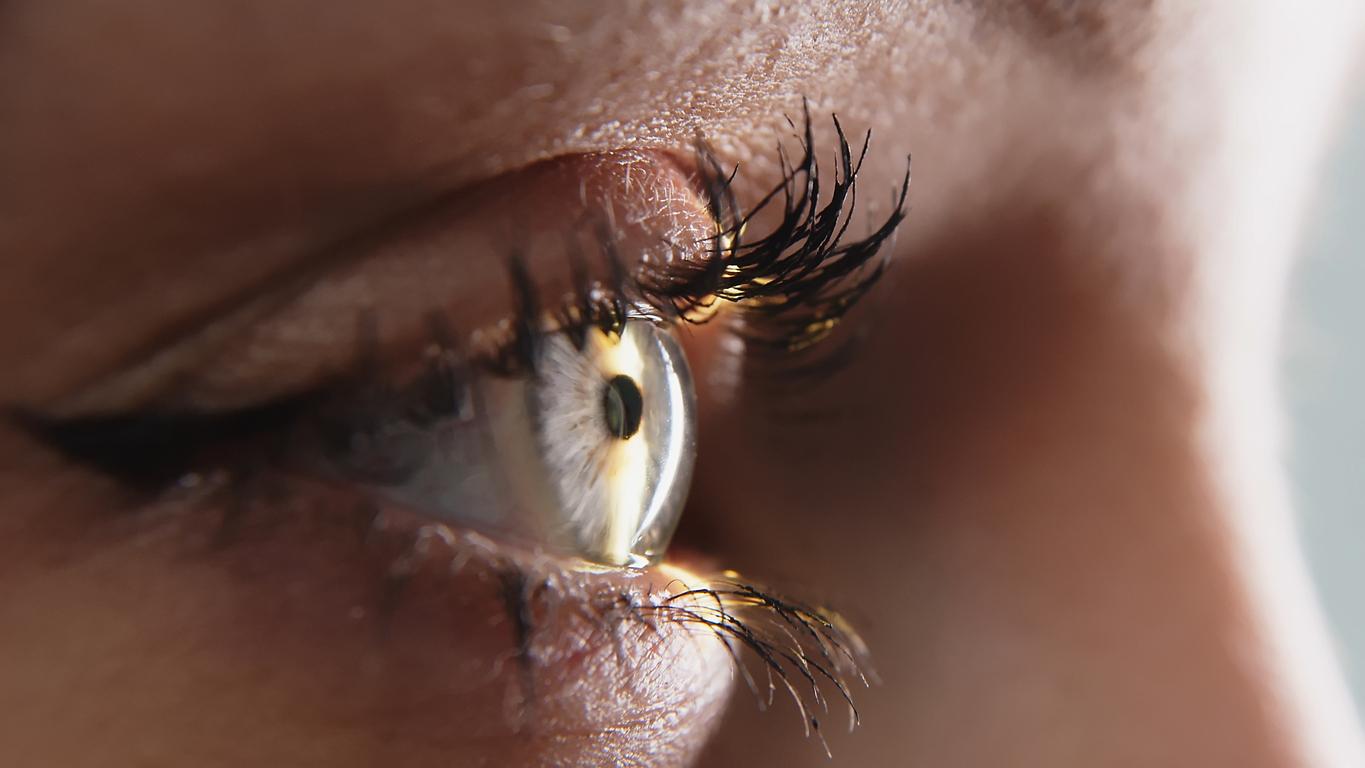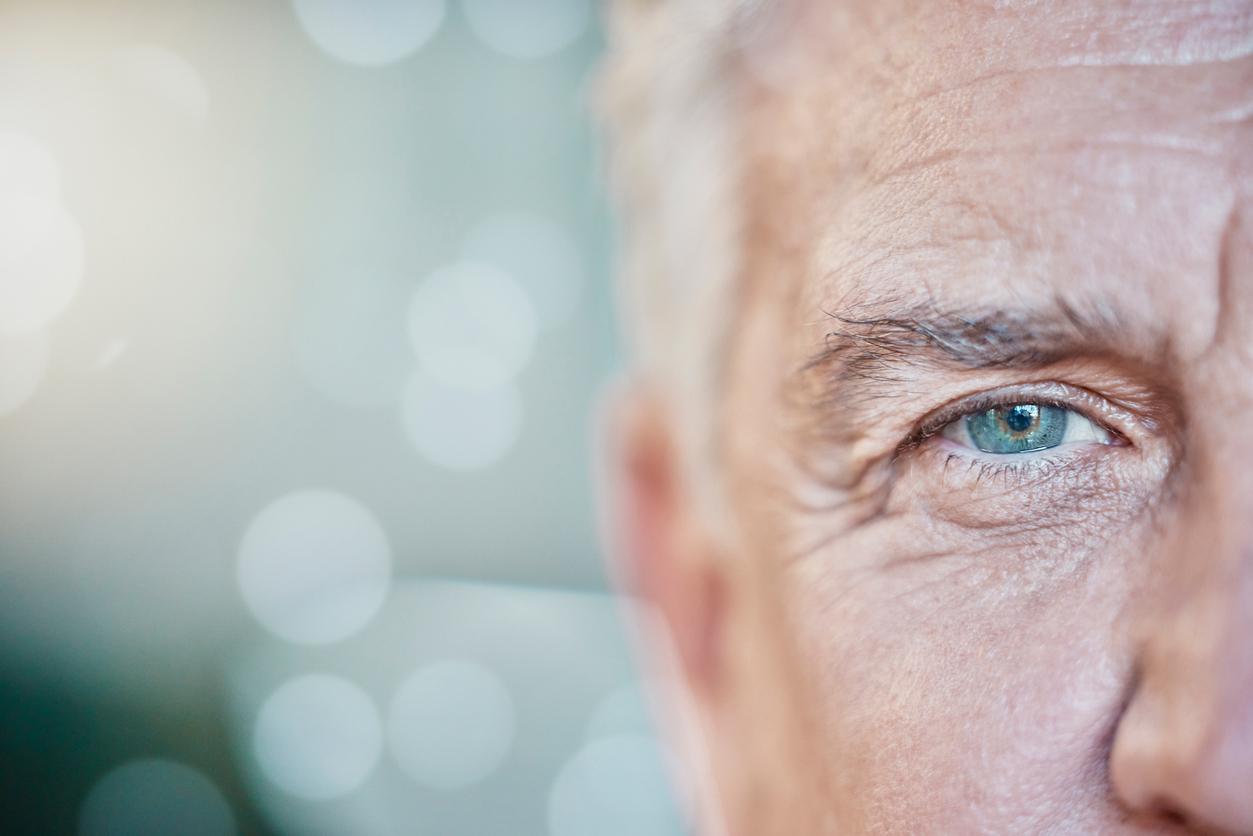Australian researchers have developed a hydrogel film to repair the cornea of a patient with degenerative eye disease. The first tests are conclusive.

In transplantation, tissue removal is, in many cases, a first-line therapy. It is used to treat severe burns but also to restore the vision of patients suffering from opacity or corneal deformation.
Indeed, tissues, unlike organs, are not vascularized, which allows their conservation. In France, last year, 96% of tissue donations (as part of a post-mortem sample) were corneas. 4,048 people received this transparent fabric that covers the iris and pupil.
Corneal cells in culture
Lucky, because as Australian scientists recalled this week, the world is facing a global shortage in cornea donation. To help the 10 million people facing vision loss, these scientists from the University of Melbourne have come up with an innovative device. This is described in detail in a press release.
This team says they grew cells from the cornea on a film layer that can be implanted in the eye to help the cornea heal. During clinical trials, they have succeeded in restoring vision to animals, more specifically sheep. And while more work is needed, they hope to move on to human clinical trials soon. This could be done as early as next year, according to their projections.
Reduced risk of rejection
“We believe that our new treatment gives better results than a given cornea, and we hope, eventually, to use the patient’s own cells, which reduces the risk of rejection,” says Dr Berkay Ozcelik who developed this project of synthetic film at the University of Melbourne.
“The hydrogel film that we have developed allows us to create an additional layer of corneal cells in culture,” he continues. In detail, he specifies that the intervention then consists “in implanting this film on the interior surface of the cornea of a patient, inside the eye, through a very small incision”. Once in place, the new cells restore the activity of the cornea. And while it was previously opaque due to the disease, the cornea then becomes transparent again.
Up to 20 patients treated per culture
Thinner than a human hair (50 microns), this hydrogel film actually allows water to flow between the cornea and the inside of the eye. Then once the eye is moist and transparent again, the film biodegrades completely. This normally occurs within two months of installation, all without an adverse immune reaction, the researchers say.
Finally, these secialists go even further to extol the merits of their device. They claim that by regenerating and thus increasing the number of cells from a donor, other than the patient himself, a single culture could cure more than 20 patients.
The hope is therefore immense for people with eye diseases such as age-related macular degeneration (AMD), retinitis pigmentosa or macular dystrophy. In the United States alone, the number of blind people is expected to double, from 1 million today to 2 million in 2050.
.








